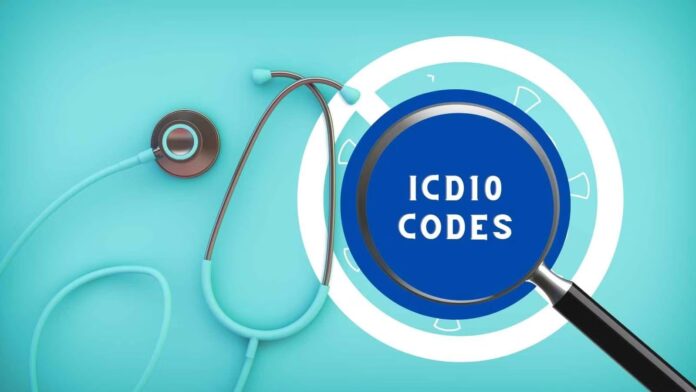Table of Contents
The transition to ICD-10 was one of the most significant operational changes the healthcare system has seen in the past few decades. It redefined many aspects of healthcare management, patient documentation, and medical coding, marking a pivotal shift towards a more detailed and comprehensive approach to capturing healthcare data. This article explores the challenges and victories experienced during the ICD-10 transition and its impact on the healthcare industry and anticipates what’s next on the horizon.
Introduction to ICD-10: A Brief History and Its Significance
The International Classification of Diseases, Tenth Revision (ICD-10), developed by the World Health Organization (WHO), is a coding system that went into effect in the United States on October 1, 2015. Its introduction marked a substantial leap from its predecessor, ICD-9, offering a more extensive list of codes and descriptions that allow precise diagnosis and treatment documentation. This granular level of detail significantly improves tracking public health trends, managing healthcare costs, and improving patient care.
Challenges Faced During Implementation
Difficulty in Training
The shift to ICD-10 introduced a steep learning curve for medical coders and healthcare providers. The number of codes ballooned from around 14,000 in ICD-9 to over 68,000 in ICD-10, necessitating extensive training to familiarize staff with the new system. This training required time and financial resources, posing a significant challenge, especially for smaller practices.
Increased Documentation Requirements
ICD-10’s granularity demands far more specific and comprehensive clinical documentation. While beneficial for patient care and data analysis, this precision placed an additional burden on healthcare providers to capture every detail accurately in patients’ records.
Technology Compatibility Issues
Updating electronic health records (EHR) systems to accommodate ICD-10 codes was another hurdle. Many healthcare facilities faced significant IT upgrades, which were costly and time-consuming. Ensuring compatibility and training staff on new systems added another complexity to the transition.
Triumphs and Benefits
Despite its challenges, the implementation of ICD-10 has brought several benefits to the healthcare industry, which include:
Improved Specificity
The detailed nature of ICD-10 codes allows for a more accurate description of diagnoses and treatments. This specificity enhances patient care and provides better data for analysis and research, leading to improved health outcomes.
Better Data for Research and Analysis
ICD-10’s comprehensive coding system offers a wealth of data that researchers and healthcare policymakers can use to track health trends more effectively, study disease prevalence, and develop targeted intervention strategies.
Enhanced Patient Care
The detailed information captured by ICD-10 codes enables healthcare providers to offer more personalized care. It also improves provider communication, ensuring patient information is precise and up-to-date, crucial for effective treatment planning.
The Road Ahead
The implementation of ICD-10 was just the beginning. The healthcare industry is continuously evolving, and there is a need for coding standards to adapt and grow.
Ongoing Challenges
One of the ongoing challenges includes keeping up with regular updates to the ICD-10 system, which can demand continuous training and system upgrades. Additionally, as the healthcare landscape changes, particularly with the rise of telemedicine and remote care, coding standards must adjust to accommodate new patient care forms.
Opportunities
The future is bright for ICD-10, with opportunities for further enhancements to coding accuracy and developing even more sophisticated data analysis tools. The transition to ICD-11 looms on the horizon, promising an even more advanced coding system with the potential for real-time updates and interactivity.
Strategies for Success
For healthcare providers and medical coders navigating the complexities of ICD-10, several strategies can ensure success:
- Continual Training: Ongoing education is vital to stay abreast of updates and changes to the coding system.
- Investing in Technology: Leveraging the latest EHR systems can streamline coding processes and ensure accuracy.
- Collaboration: Working closely with coding professionals and leveraging their expertise can minimize errors and improve the billing process.
- Feedback Loops: Implementing systems to catch and correct coding errors can enhance accuracy.
Conclusion
The transition to ICD-10 was a monumental task that impacted every corner of the healthcare industry. While it presented significant challenges, the benefits it ushered in—improved accuracy in documentation, enhanced patient care, and superior data for analysis—have been valuable. The healthcare sector’s ability to adapt and evolve with coding standards will be crucial. Continuous adaptation, investment in education and technology, and a commitment to excellence in patient care remain essential as the industry navigates the road ahead in coding standards and healthcare innovation.





